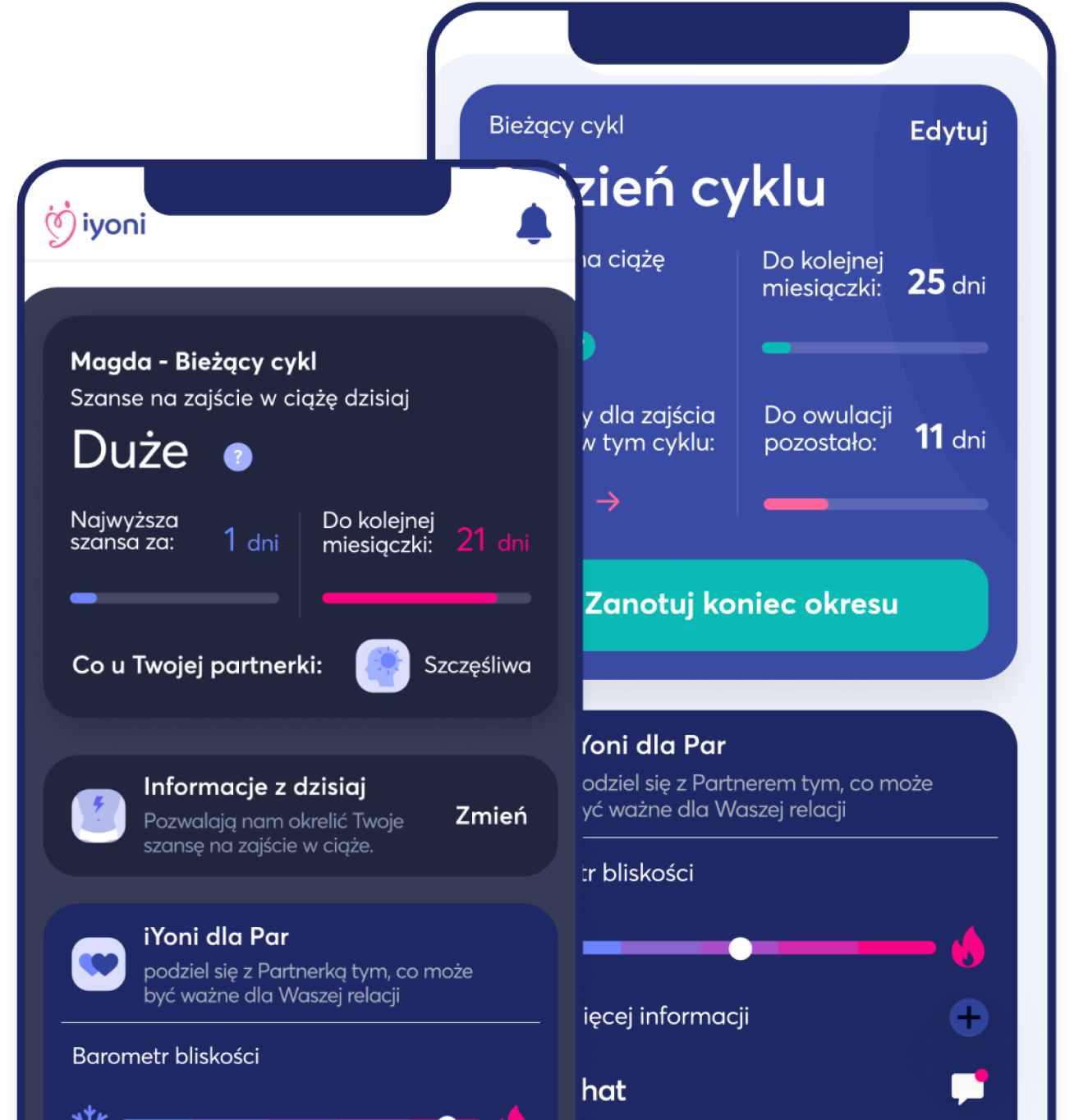Fertility in women declines with age. After the age of 38, the ovarian reserve – pool of available egg cells, decreases significantly. This makes it more common for women of mature age to experience difficulties getting pregnant. Lack of an adequate number of egg cells of the desired quality is also one of the reasons for the failure of the IVF procedure. New treatments can effectively address this problem. An ovarian rejuvenation procedure, similar to mesotherapy used in aesthetic medicine, can increase ovarian reserve levels by up to 75%. Studies indicate that in many patients it contributes to the possibility of pregnancy after numerous treatment failures.
How does the ovarian rejuvenation procedure look like?
The mesotherapy or ovarian rejuvenation procedure involves injecting platelet-rich plasma (PRP) prepared from the patient’s blood directly into the ovaries. Puncturing the tissue, as well as the properties of the growth factors present in the plasma stimulate cellular processes and stimulate the growth of ovarian follicles.
The administered substance is obtained from the patient’s blood. A variable force centrifugation procedure under controlled temperature conditions is carried out. In this way, it is possible to obtain platelets cross-linked among mononuclear cells, which is supposed to lead to long-term secretion of growth factors by platelets. Thus, the preparation is more potent than standard PRP preparations prepared in cosmetic or dental offices. Both the puncture itself and the activity of growth factors secreted by the platelets can cause activation of renewal processes in the ovaries.
It is worth knowing that the procedure requires qualification, is performed by a doctor under local anesthesia and takes about 30 minutes. Puncture of the ovaries is performed through the vaginal vault, after the use of appropriate anesthetics. The product is inserted directly into the ovaries during the puncture procedure. The patient may feel slight discomfort at the time. About 2-3 weeks after the procedure, a follow-up is recommended, while the effects are visible after about 3-6 months.
To whom is the ovarian rejuvenation procedure recommended?
Ovarian mesotherapy with platelet-rich plasma (commonly referred to as ovarian rejuvenation) is a procedure suggested primarily:
– women with low ovarian reserve (AMH <0.6) trying to get pregnant naturally and preparing for in vitro fertilization
– in case of failure of the IVF procedure, when the treatment did not result in pregnancy due to low quality and number of oocytes
– couples trying to have offspring at a mature age (>38 years old)
– women with premature extinction of ovarian function (POF), after surgery and other fertility-lowering treatments.
The primary goal of the procedure is to activate ovarian follicles and stimulate their growth, regenerate ovarian tissue and release the potential of deeper dormant egg cells.
What do the results of the procedure depend on?
As with any medical procedure, the chances of achieving the planned results are assessed individually. The results of the ovarian “rejuvenation” procedure may depend on, among other things, the cause of infertility, baseline AMH and FSH levels, the patient’s age, as well as other disorders that may affect the possibility of achieving pregnancy (i.e. systemic diseases, male factor, other causes related to fertilization and embryo development).
The prognosis is always discussed in detail when qualifying for treatment. This is the moment to clarify doubts and plan the management of various scenarios.
Is ovarian rejuvenation effective?
The positive effect of growth factors present in plasma on tissues is used in numerous procedures in aesthetic medicine or orthopedics, among others. Research on the possibility of using similar procedures to treat infertility and stimulate ovarian growth has been conducted since 2015. The work was carried out by teams in several countries, including Greece, the United States and Turkey. The results of the study confirmed that in some patients the procedure can have beneficial effects in terms of the quality and number of egg cells.
According to the available literature, performing the procedure to administer platelet-rich plasma to the ovaries (PRP) can contribute to:
– Raising AMH levels, according to various reports by 63% to 75%
– Lowering FSH levels, according to various studies by 33% to 67%
– Increasing the number of antral follicles (AFC) by 75%
– Increase stimulation efficiency/increase the number of oocytes retrieved during the pick-up procedure
– Increasing the number of biochemical and clinical pregnancies achieved.
The study was conducted in different centers, on different sized groups of women, mostly between 38 and 42 years old, with reduced ovarian reserve. The findings so far are very promising. At least some patients – thanks to the procedure to “rejuvenate” the ovaries – can get effective help.





 iYoni
iYoni